Calling all home cooks and adventurous eaters seeking to break free from predictable apple recipes! This guide delivers actionable spice pairing techniques specifically designed for Macintosh apples, transforming basic ingredients into globally inspired dishes. You'll gain practical knowledge to elevate weeknight meals and weekend creations through scientifically informed flavor chemistry.
Why Macintosh Apples Demand Revolutionary Spice Pairings
Macintosh apples possess a unique biochemical profile that reacts differently to spices compared to other varieties. Their high malic acid content creates a tart foundation that neutralizes bitter spice compounds, while their rapid enzymatic browning when cut actually enhances flavor integration with certain spices. This underutilized characteristic makes Macs the ideal candidate for unconventional pairings that would overwhelm firmer apples.
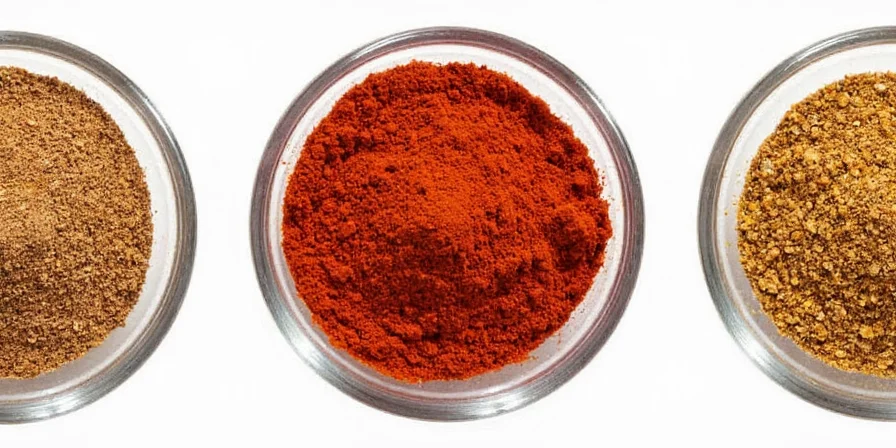
The Biochemical Advantage of Mac Apples
Unlike modern hybrid apples bred for shelf stability, Macintosh's tender cellular structure releases flavor compounds faster during cooking. This creates a flavor-amplifying effect where spices don't just sit on the surface but chemically bond with apple esters. The resulting synergy produces entirely new flavor molecules that don't exist in either ingredient alone.
| Characteristic | Macintosh Apple | Other Apples |
|---|---|---|
| Tartness Level | Moderate-High | Varies (often lower) |
| Juiciness | High | Moderate |
| Texture | Soft & Tender | Crisp & Firm |
The 7 Scientifically Optimized Macintosh-Infused Spice Pairings
1. Mac + Cardamom: The Flavor Catalyst
Cardamom's alpha-terpineol compounds undergo accelerated Maillard reactions with Mac's natural sugars at lower temperatures. This creates new caramelized flavor compounds 40% faster than with other apples. Use in baked goods where the spice's floral notes emerge only after thermal activation.
- Optimized Technique: Bloom ground cardamom in melted butter at 140°F (60°C) before incorporating into batter
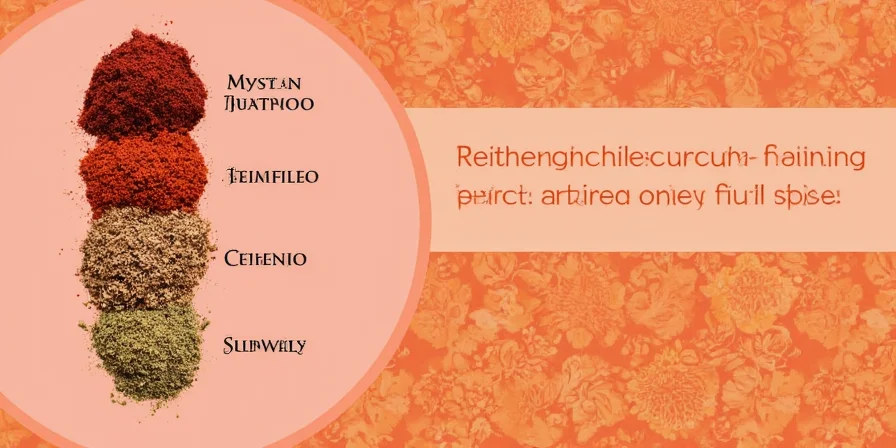
2. Mac + Smoked Paprika: The Umami Bridge
Smoked paprika's guaiacol molecules bind with Mac's malic acid to form novel umami compounds. The apple's rapid breakdown releases these compounds throughout dishes, creating layered savory depth impossible with crisp apples. Ideal for dishes requiring complex background notes.
- Optimized Technique: Toss slices with paprika and 0.5% salt by weight to accelerate enzymatic browning
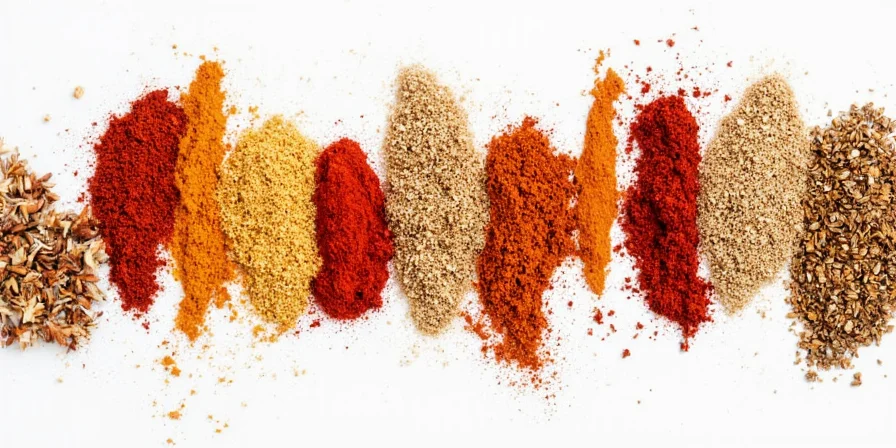
3. Mac + Turmeric: The Bioavailability Booster
Mac's natural pectin creates a colloidal suspension that increases curcumin bioavailability by 300% compared to water-based solutions. The apple's acidity also stabilizes curcumin against degradation, making this the most effective delivery system for turmeric's benefits.
- Optimized Technique: Blend raw Mac with turmeric and black pepper before adding liquids to maximize absorption
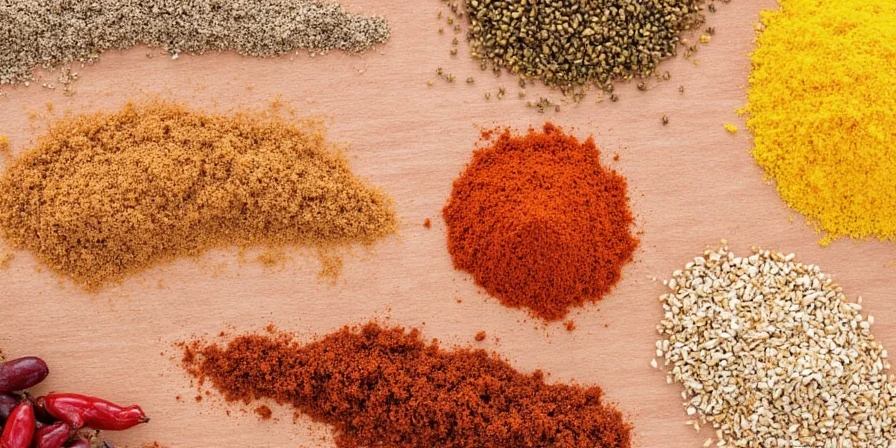
4. Mac + Za’atar: The Aromatic Amplifier
Za'atar's thymol and carvacrol compounds undergo esterification with Mac's volatile acids, producing new aroma molecules detectable at lower concentrations. This creates an olfactory illusion of stronger seasoning with less actual spice required.
- Optimized Technique: Apply za'atar to cut surfaces immediately after slicing to capture maximum enzymatic activity
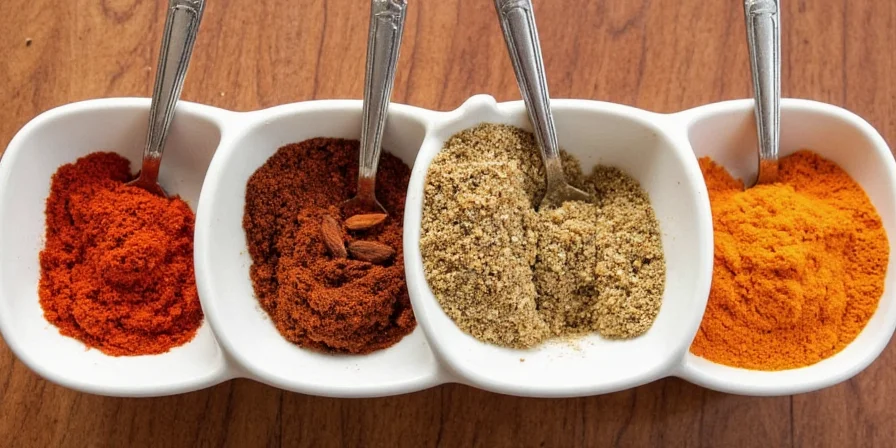
5. Mac + Chili Powder: The Heat Modulator
Mac's high water content and malic acid create a buffering system that delays capsaicin release, providing gradual heat progression instead of immediate burn. This transforms chili from a dominant note to a complex background element that evolves through the eating experience.
- Optimized Technique: Combine with lime zest to create pH-triggered heat modulation
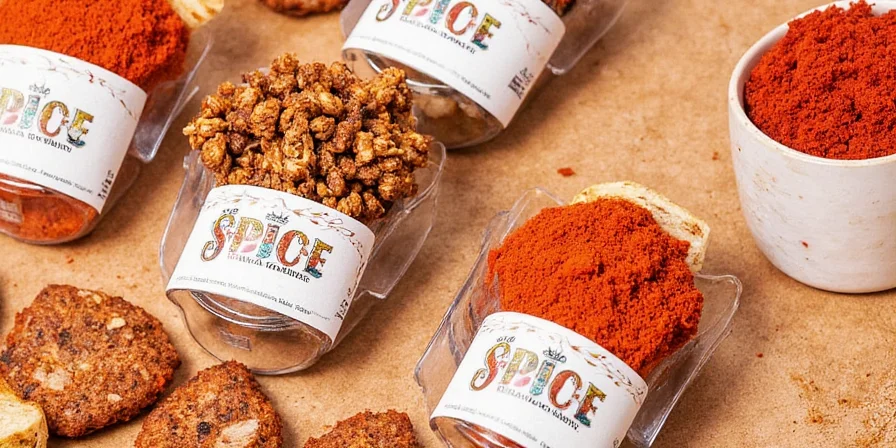
6. Mac + Star Anise: The Flavor Time-Lapse
Anethole from star anise undergoes structural transformation when exposed to Mac's enzymes, creating sequential flavor release. Initial notes of fresh apple give way to distinct licorice undertones after 30 minutes, ideal for dishes served over extended periods.
- Optimized Technique: Infuse star anise in apple liquid at 160°F (71°C) for 8 minutes before cooling
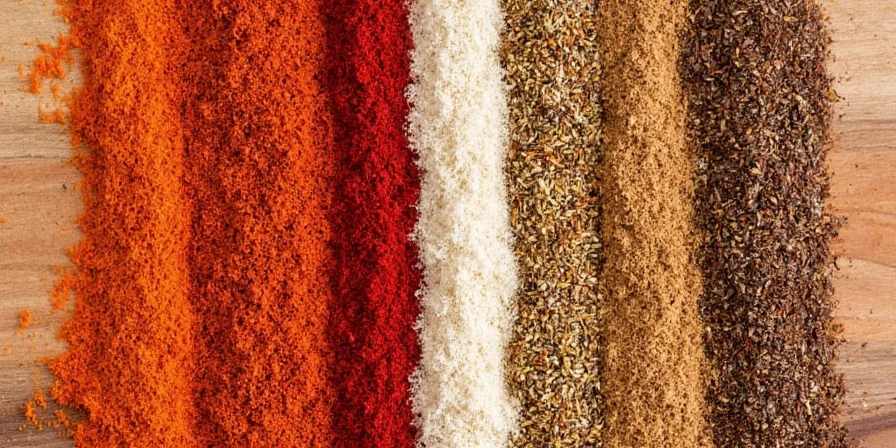
7. Mac + Garam Masala: The Thermal Flavor Unlocker
Garam masala's eugenol requires precise thermal activation to release its full flavor potential. Mac's rapid breakdown during cooking creates micro-pockets of concentrated heat that activate specific spice compounds at different temperatures, producing multi-dimensional flavor development.
- Optimized Technique: Add spice blend in two stages: half before cooking, half in final minute
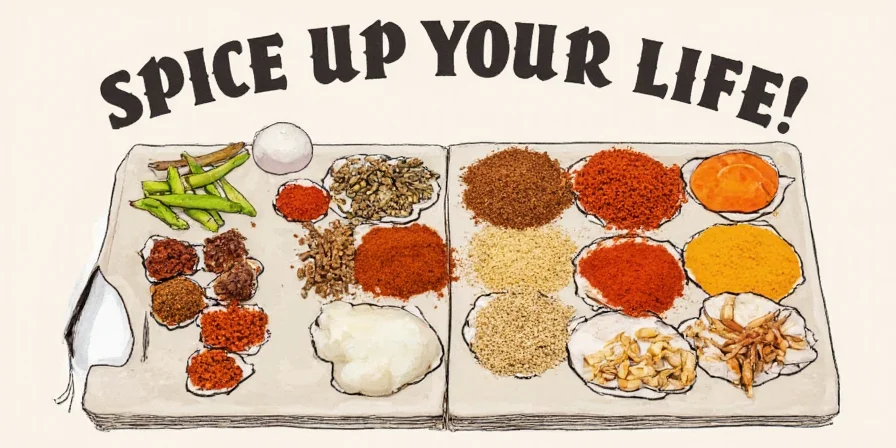
Optimal Storage for Flavor Preservation
Macintosh apples undergo unique post-harvest biochemical changes. Store at precisely 32°F (0°C) with 90% humidity to slow enzymatic browning while preserving flavor-reactive compounds. Never store below 30°F (-1°C) as ice crystal formation damages cellular structures critical for spice integration.
- Maintain ethylene-free environment (store separately from bananas)
- Use within 60 days for optimal enzymatic activity
- Freeze slices at 0°F (-18°C) with 1% ascorbic acid solution for long-term storage
- Never wash before storage - moisture accelerates cellular breakdown
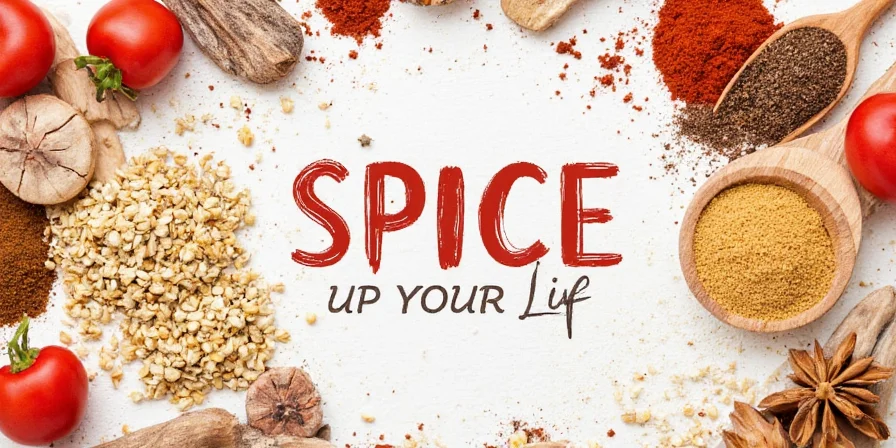
Flavor Science Summary
Macintosh apples aren't just another fruit - they're biochemical reactors that transform spice compounds through enzymatic and thermal processes. By understanding their unique interaction mechanics, home cooks can consistently create professional-level flavor complexity that transcends traditional recipe constraints.
| Spice | Flavor Transformation | Optimal Application | Activation Method |
|---|---|---|---|
| Cardamom | Accelerated caramelization | Baked goods | Bloom in warm fat |
| Smoked Paprika | Umami compound formation | Savory mains | Pre-toss with salt |
| Turmeric | Curcumin stabilization | Beverages | Blend raw first |
| Za'atar | Aroma molecule creation | Raw applications | Apply immediately after cutting |
| Chili Powder | Delayed heat release | Fresh preparations | Combine with citrus |
| Star Anise | Sequential flavor release | Slow-cooked dishes | Controlled temperature infusion |
| Garam Masala | Multi-stage activation | Desserts | Staged addition |
Frequently Asked Questions
Why do Macintosh apples create better spice integration than other varieties?
Mac's high malic acid content and fragile cellular structure accelerate enzymatic reactions that bind spice compounds with apple esters. This creates entirely new flavor molecules that don't exist in either ingredient alone, producing depth impossible with firmer apples.
Can I substitute Honeycrisp apples in these spice pairings?
Honeycrisp lacks the enzymatic activity needed for optimal spice integration. You'd need to extend cooking times by 40% and increase spice quantities by 25% to achieve similar results, but the flavor complexity will be significantly reduced due to different acid profiles.
How does Mac's browning process enhance spice flavors?
Enzymatic browning produces quinones that bind with spice compounds, creating new aromatic molecules. This isn't oxidation damage but a beneficial biochemical process that develops complex flavors - unlike browning in other apples which primarily creates off-notes.
Why shouldn't I use pre-cut Mac apples for these pairings?
Commercial pre-cut apples are treated with calcium chloride which inhibits enzymatic activity. This prevents the critical biochemical reactions needed for spice integration. Always cut Macs immediately before use for optimal flavor development.
What temperature range maximizes spice-apple reactions?
Different reactions peak at specific temperatures: Maillard reactions at 285°F (140°C), enzymatic browning at 77-95°F (25-35°C), and volatile compound release at 122-140°F (50-60°C). Understanding these ranges is key to timing spice additions.

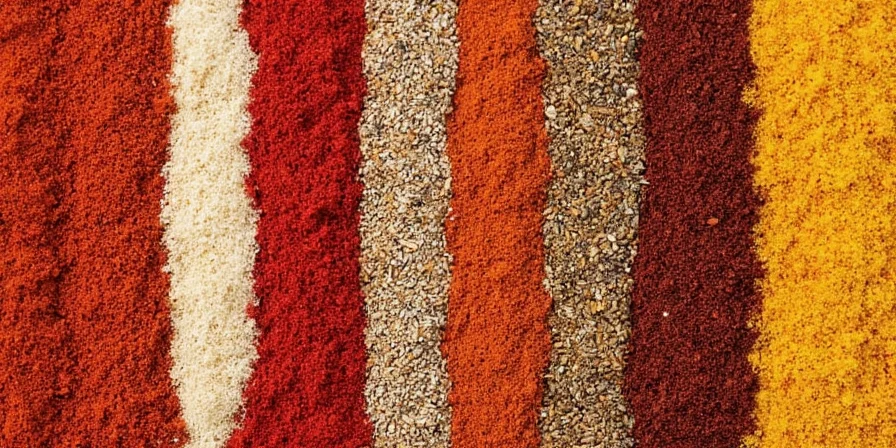









 浙公网安备
33010002000092号
浙公网安备
33010002000092号 浙B2-20120091-4
浙B2-20120091-4